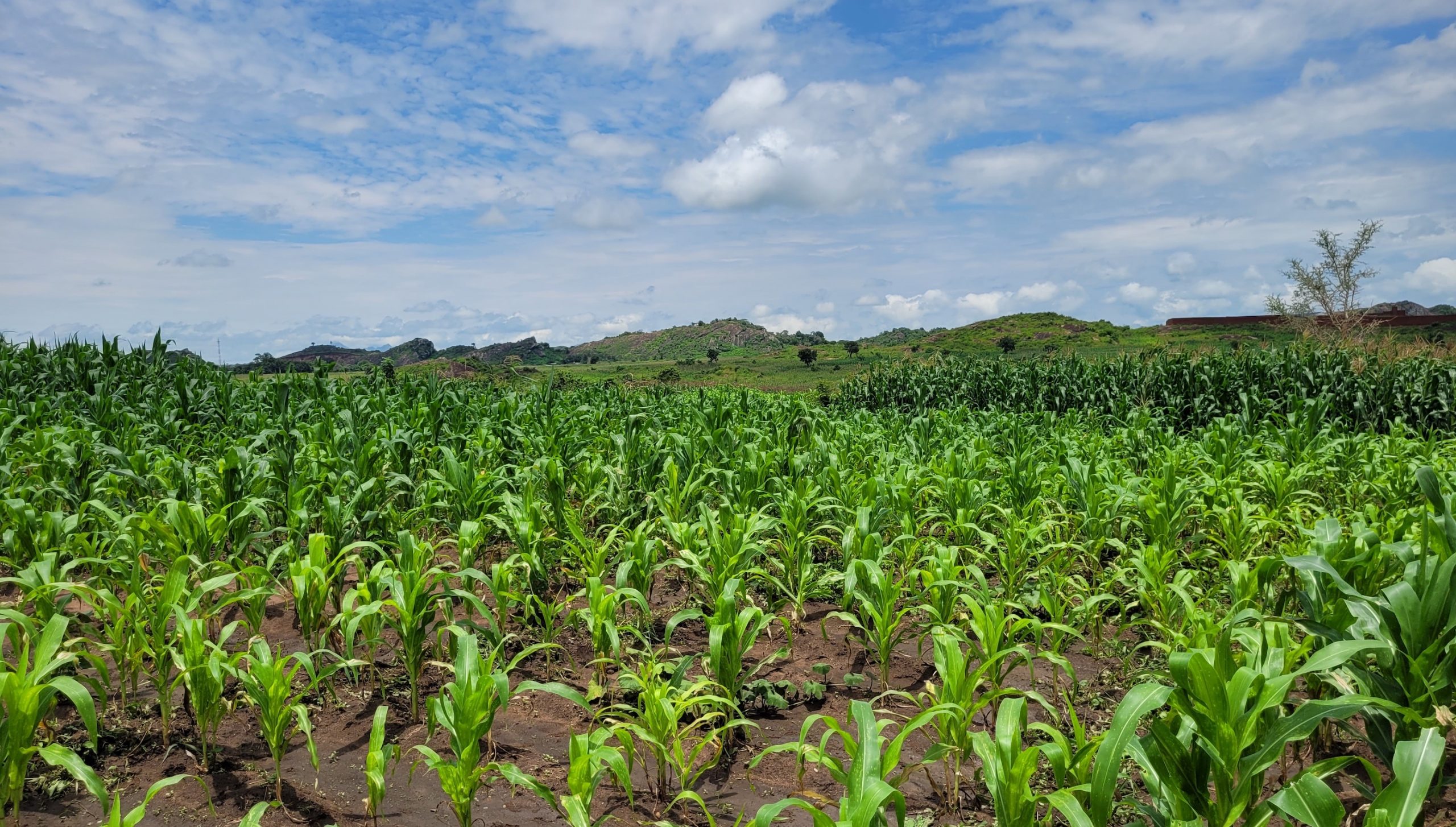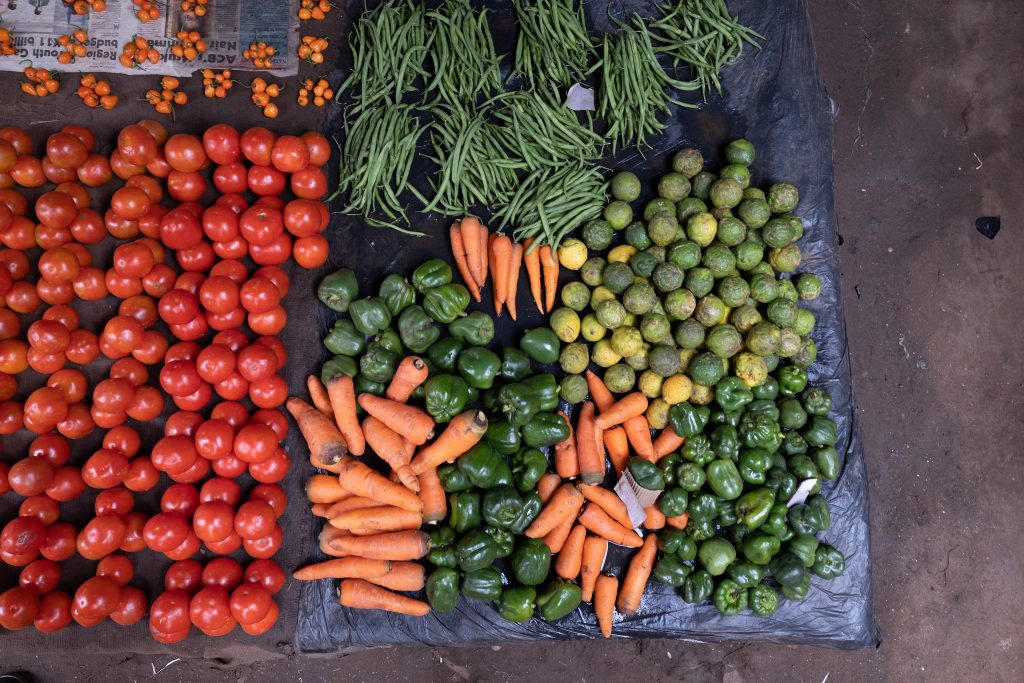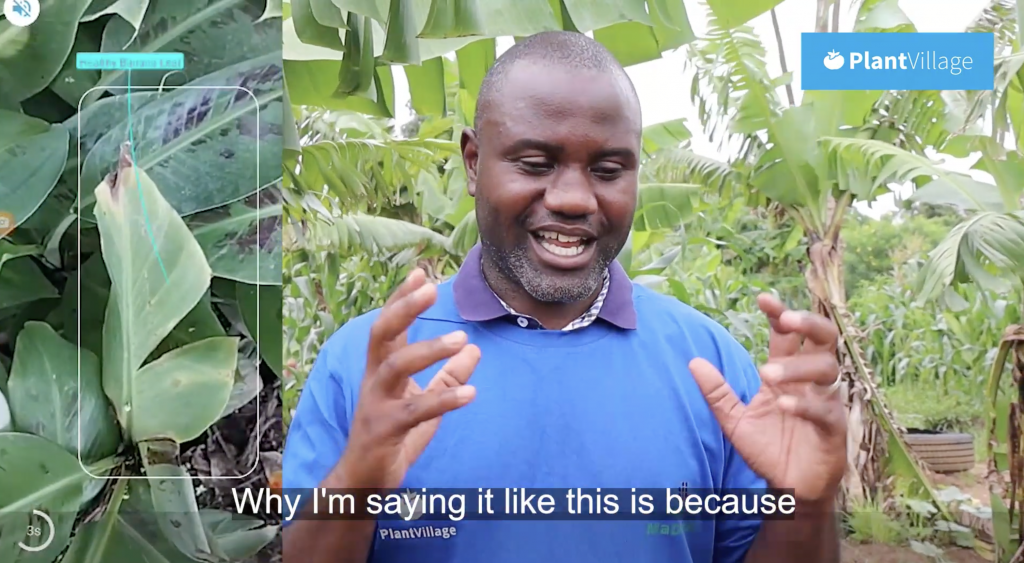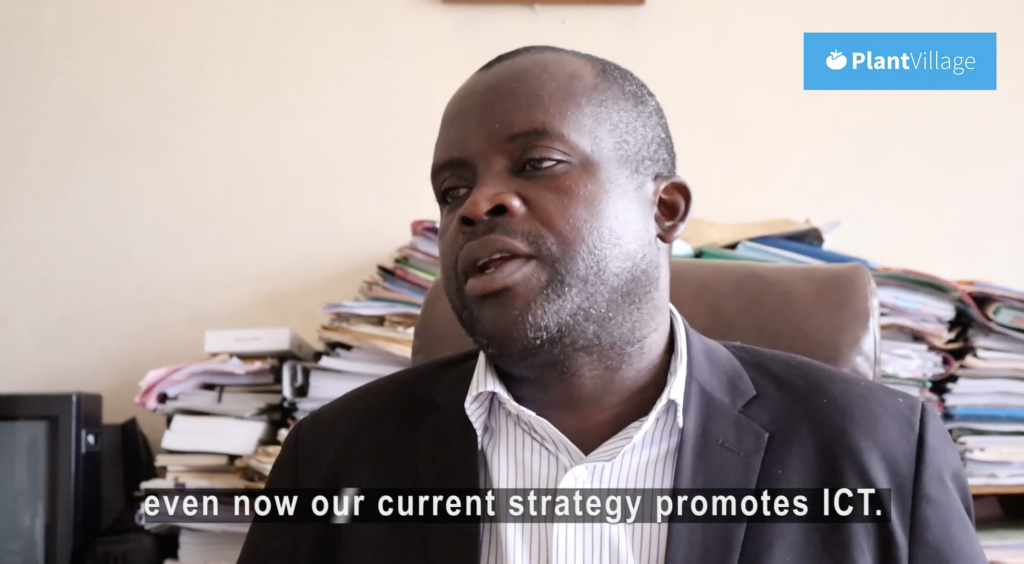
Malawi Digital Plant Health Service (MaDiPHS) will
establish a digital agricultural plant health service at
the national level in Malawi, based on coordination
of internationally developed digital systems.
About MaDiPHS
Training workshop in Malawi shifts focus to effective data management practices as part of MaDiPHS project
CABI has delivered a three-day refresher technical training workshop in Malawi aimed at encouraging greater…
MaDiPHS Partners Field Visit- Dowa Malawi
Partners of the Malawi Digital Plant Health Services (MaDiPHS) conducted field visits to witness firsthand…
Harnessing AI for plant health: Malawi Launches digital observatory to combat crop threats
In this video, PlantVillage Malawi—an implementing partner of the Malawi Digital Plant Health Services (DPHS)…

MaDiPHS will provide a tool for targeted and efficient pest and disease management of selected crops in Malawi. To reach this goal, the project will establish a digital agricultural plant health service at the national level.The service will combine national, regional, and global input data with international web platforms.
- The agricultural sector in Malawi employs more than 70% of the total labour force. 70% of the agricultural labour force are women.
- Maize is the major food crop, but tobacco is the dominant cash crop.
- Malawi agriculture relies mainly on rain-fed crop production and is composed of two main subsectors: small-scale farmers and estates.
- Smallholder production is highly subsistent, characterized by low levels of input and low output levels. However, smallholders still produce about 80 percent of Malawi’s food and 20 percent of its agricultural exports.
- In addition to maize, the main food crops are cassava, sweet potatoes, sorghum, bananas, rice, and Irish potatoes.
- The estate subsector contributes only about 20 percent of the total national agricultural food production but provides more than 80 percent of agricultural exports mainly from tobacco, sugar, tea and, to a lesser extent, tung oil, coffee, and macadamia.
- Livestock production, which contributes about one-fifth of the value of total agricultural production, consists mainly of subsistence grazing of sheep, cattle, goats, poultry, and pigs.



